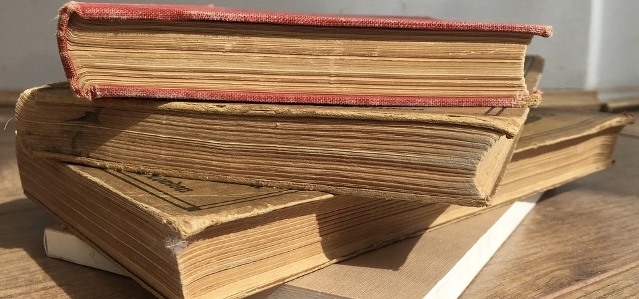How are contributions to published historical research shared, recorded, touted, publicized?
For many of us, showing the relevance and impact of specialized historical research services may require a multi-pronged approach. Special displays and open houses can be recorded in websites and reports and photographed. If researchers use historical photographs from our collections, they are instructed to include a credit statement. For journal articles, depending on the involvement, co-authorship may be offered— a solid contribution that can be listed in a vita. In the case of historical research assistance with a book, often librarians’ names (or the library’s name) may be included in the “Acknowledgements” section of the book.
What about other services and support to internal and external researchers who investigate and publish on historical topics? Support might include reference services, giving advice on sources and where to find needed information, help tracking down elusive references, or helping them borrow or acquire resources.
How can all of these acknowledgements and successes be shared and publicized without being boastful? How do other HSSS members record and publicize their contributions to historical research, both at a higher (department/service) level, and at an individual professional level? How do you keep statistics (by person or project)? Do you keep blogs sharing library success stories or use other social media tools? Do your administrators prescribe a certain kind of report, or do you take the initiative and create your own report? Are there any other possibilities?
-Ramune Kubilius
Galter Health Sciences Library,
Northwestern University
Note: Want to know what the NLM History of Medicine Division has been up to? Check out the NLM Director’s blog:
https://nlmdirector.nlm.nih.gov/2016/12/20/embracing-the-future-as-stewards-of-the-past/
https://nlmdirector.nlm.nih.gov/2017/03/21/building-a-21st-century-archival-collection-at-the-national-library-of-medicine/




